By SETH BARKER
Finding the balance in your career seems to always come down to the issue of time. Time seems to play a part in everything you do. How much time is it going to take to prepare for an interview? How much time is it going to take to train? How much time is it going to take to get the next certification? How much time is it going to take to become eligible for a promotion? How much time are you going to need to feel prepared? How much time are you going to have to gauge an offensive attack? How much time is it going to take to respond? How much time have you been on scene? How much time do you have to search? How much time do you have on the job? How much time do you have until retirement?
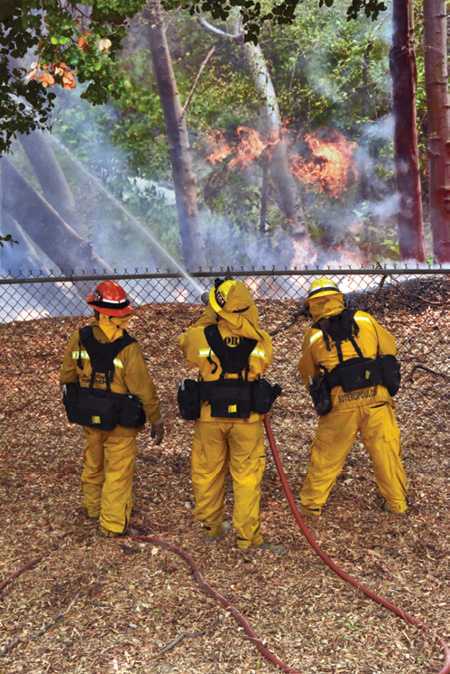
Photo by Keith Cullom.
Balancing time also plays a huge role in your personal life. Making sure you are spending enough time with your family, loved ones, and friends and in personal and professional relationships has a huge influence in your life. When you really look at it, time seems to be the most valuable asset in your life. You can never get it back or have enough of it.
Time Commitment
Wildfire season has its share of catastrophic events. We witness devastation across communities that leaves our customers without homes or the means to carry through. Time after time, we see our brothers and sisters putting themselves on the front lines to help our stakeholders in their time of desperate need.
This commitment takes time. It takes training, tactics, resources, certifications, schooling, knowledge, and—most importantly—planning. It is fair to say that not one of our fellow firefighters jumps into the wildland urban interface (WUI) without demonstrating a commitment to a good percentage of these time-consuming endeavors. Our team does not blindly commit to a set of structures without the time spent on the drill ground or in the classroom. This is a well-thought-out, drilled set of strategies and tactics to ensure everyone goes home. It is a preplanned event. There is time spent evaluating hazard, risk, tactical proficiency, and crew performance. We understand the capabilities and form expectations of our crews.
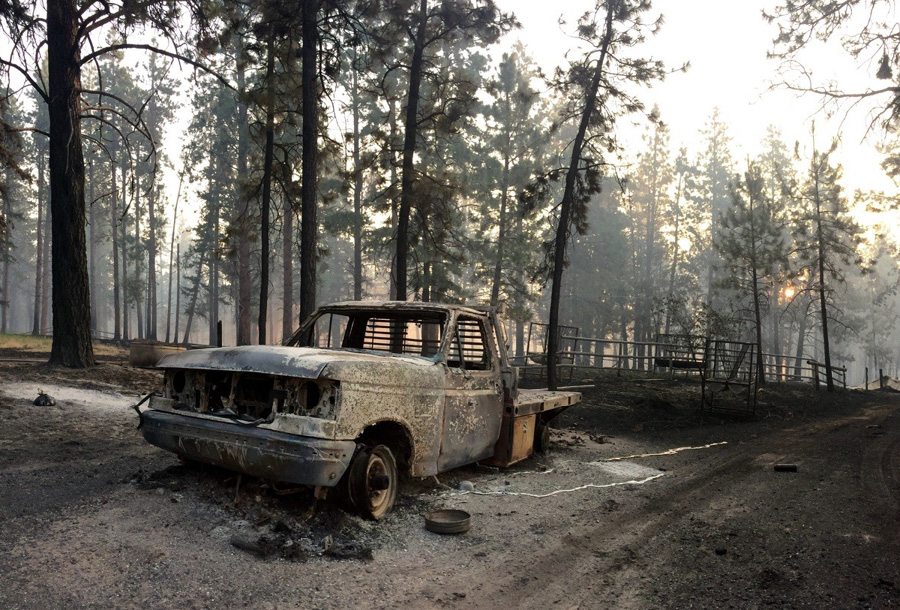
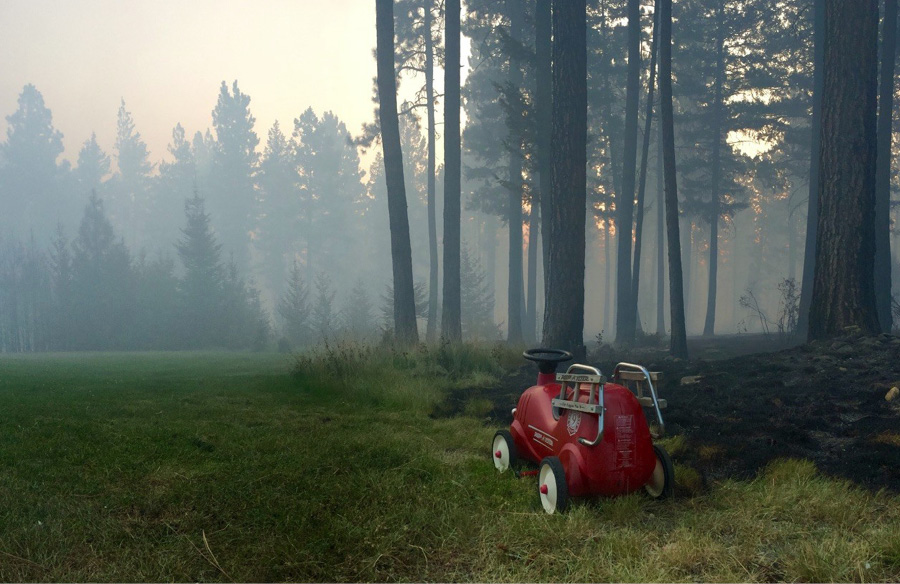
(1) A fire department needs to have a plan. The community needs to have a plan to support or be supported by the fire department. (Photos 1-4 by author.) (2) Finding the balance of good, solid prevention through preplanning is essential in your risk analysis of your community.
Fast-Moving Fire
The Roaring Lion Fire in southwest Montana, which started on July 31, 2016, was an event that nobody expected. It was an event where there was no time. The fire completely engulfed a populated canyon in under 50 minutes. The residents had zero discretionary time. They had to decide to leave immediately—with little to no warning. There was no plan, no discussion, no strategy, and no training involved. Each resident understood the risk of residing in the canyon and took some action to make the neighborhood safer. But time was against them.
Fortunately, there were no injuries as a result of that wildland fire. One of the homeowners stated he saw the plume of smoke; his neighbor warned him five minutes later; and 25 minutes after the initial plume was reported, his home and all its contents were incinerated.
The local and state fire departments responded quickly to the event, working to ensure that the community was protected and supported, but tremendous damage was done.
Prepare
Now imagine this happening in your community. What is the plan? How much time do you have? How much time do you have to evacuate your home with everything you need and love? How much time does your fire department have? What are the capabilities of your fire department? These are the tough questions that you need to address. A fire department needs to have a plan. The community needs to have a plan to support or be supported by the fire department.
The fire department’s job is to ensure a level of safety is in place within its jurisdiction. Planning for an escalated major event is your responsibility. Coaching your team to help create a community that can help you make it safer is what it is all about.
Each fire department must educate its customers on the honest capabilities of its service. This will get the conversation started on how the residents and stakeholders can help the fire department do its job better. Come up with a preplan. Have the conversation on the front end of an incident to prepare your fire department and the community it serves.
Education can start with basic mitigation techniques that will transition into community continuity that ensures a safer environment for everyone. Have the community own the concepts that support your strategies so the hard issues are already talked about and discussed and plans are formulated. The homeowner can be the voice for the street, the street can be the voice for the subdivision, the subdivision can be the voice for the village, the village for the community, and the community for the district.
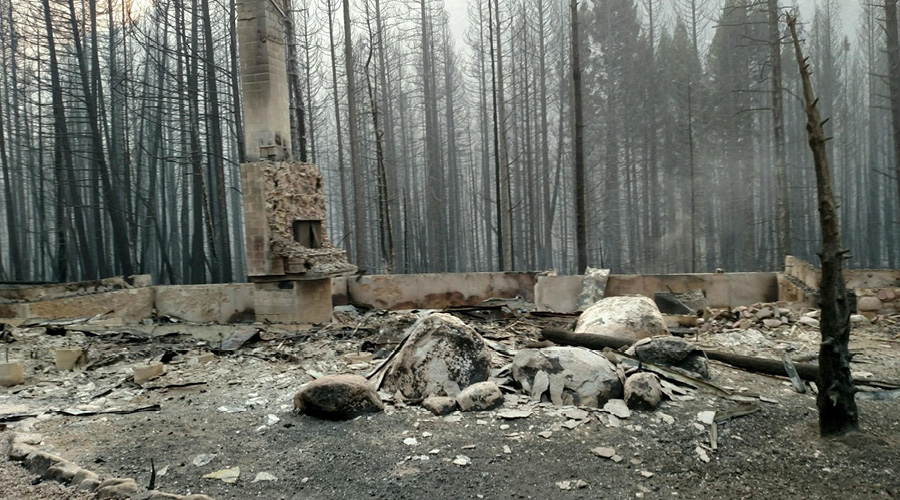
(3) The roaring lion does not care how much time you have spent on training, education, mitigation, or strategy.
Understand everyone’s wants and needs. Ensure that the public knows a single-engine company cannot protect everyone when a huge threat is knocking at the door. The fire department needs help. The community needs help. You need to ask for that help. This starts by understanding what your major hazards are and having a plan for them. The customer becomes the student, the student becomes the teacher to other students, and the teacher becomes the voice for the community. Soon, you have the people you serve as the spokespeople for a safer community that ensures a safer work environment for the fire department.
Preplan
Preplanning a community for a wildland urban interface event is something that is commonly overlooked. What are your resources? What needs to be addressed in the first 24 to 48 hours? What are your capabilities? How much help can come, and how quickly can it arrive? How do you inform everyone? What is your evacuation plan? How do you get help coming in and customers going out? Each question has a host of “what ifs” to go along with it. Preplanning can help you answer these questions, but this takes time—time that you are not going to have when you need to act.
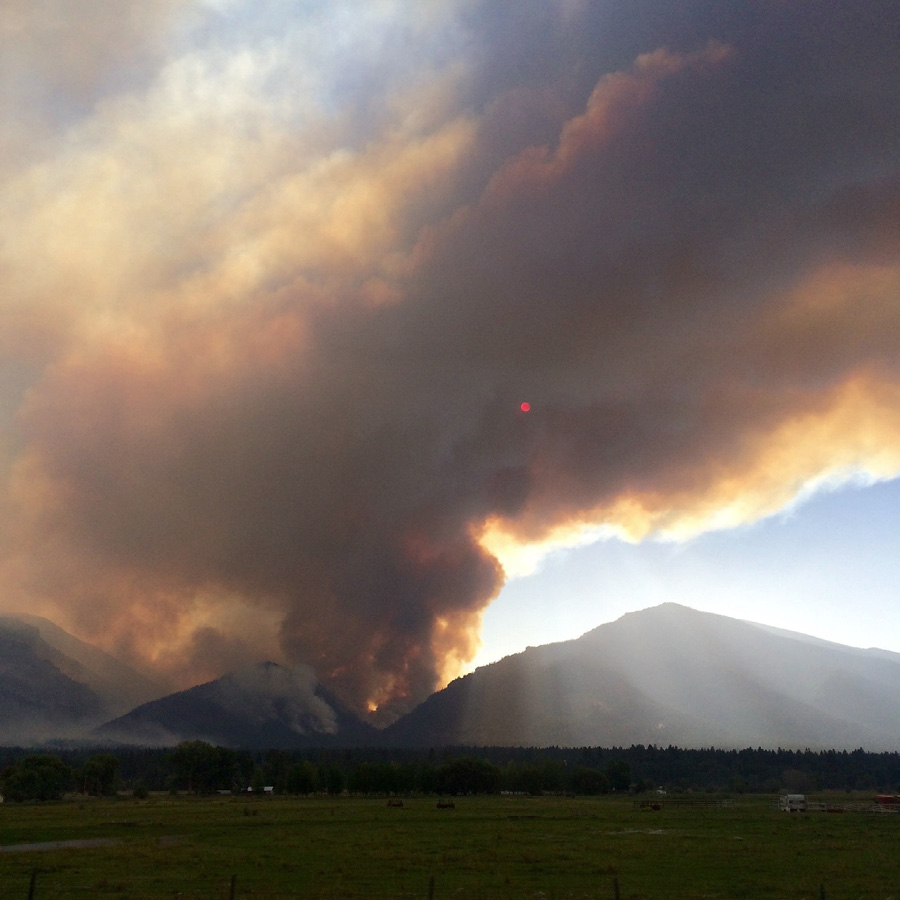
(4) This country has seen its share of catastrophic wildfire events.
The more time spent on the front end, the more effective you can be on the street. The roaring lion does not care how much time you have spent on training, education, mitigation, or strategy. It is running at you at full speed, and time is on its side.
Finding the balance of good, solid prevention through preplanning is essential in your risk analysis of your community. Making time is imperative; just ask the 16 homeowners who lost everything in Roaring Lion canyon. They all wished they had more time.
SETH BARKER is a captain and training officer for the Big Sky (MT) Fire Department. He is a state fire instructor for the Montana Fire Service Training School and a state lead EMS instructor. Barker has Blue Card Instructor certification, is an instructor for the International Society of Fire Service Instructors (ISFSI), and is a logistical coordinator for FirefighterCloseCalls.com. He is one of the scholarship recipients to the Tampa 2 Summit held by the National Fallen Firefighters Foundation. Barker sits on multiple wildland urban interface committees. He has taught for FDIC International, delivering multiple topics on preparing communities in all-hazard disciplines. Barker is one of the ISFSI’s “Principles of Modern Fire Attack” instructors and instructor trainers. He has the live fire instructor certification and the training officer credential through the ISFSI. Barker was elected director at large for the ISFSI. He has fire officer and chief training officer designations from the Center for Public Safety Excellence.

